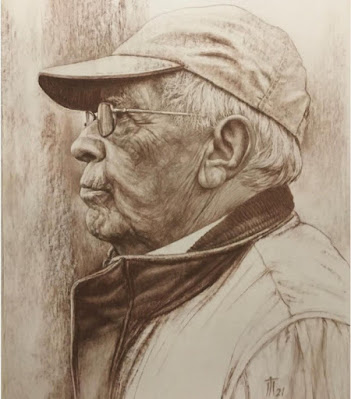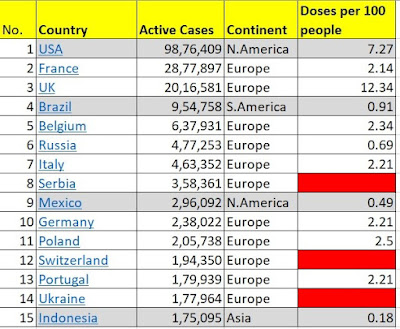COVID-19 Death Rates
Why COVID-19 death rates in poorer countries remain far, far lower than richer countries is a question that intrigues many. Best-selling author Siddhartha Mukherjee’s analysis of the subject is nuanced. As icing on the cake, given his Indian connections, there’s a lot of India-specific information. Many feel the average age of different countries has a big role to play. After all: “After the age of thirty, your chance of dying if you get covid-19 doubles roughly every eight years.” But in India, he says that old people seem resilient, many of those “in their seventies and eighties” who contracted COVID-19” have “bounced back”. Or is it that the “spatial distribution of the elderly” matters? In India and poorer countries, the elderly are generally with (younger) family. Whereas in the West, they’re concentrated in old age homes where it spreads like wildfire. Perhaps average age is too broad a categorization. Do the details of age distribution matter, the “so-call


